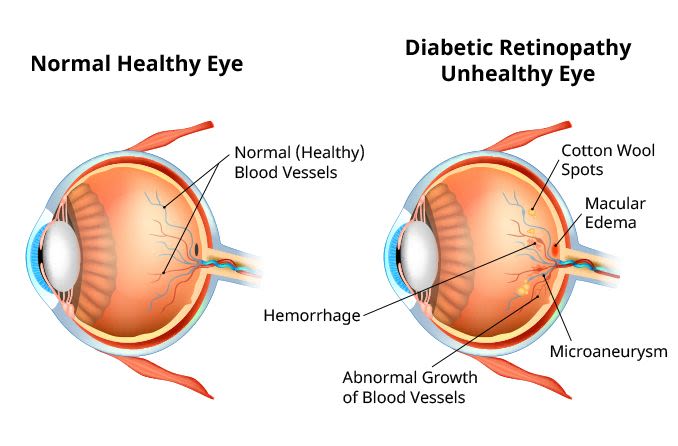
Diabetic Retinopathy
Learning about diabetic retinopathy can help you understand and manage the condition. Take advantage of our valuable resources on its symptoms, causes and treatments.
Related Articles

Diabetic retinopathy is a serious eye condition affecting the retina. Learn about its causes, symptoms and treatments and if you may be at risk.
All About Vision and AllAboutVision.com are registered trademarks of AAV Media, LLC. © 2000-2025 AAV Media, LLC. The content on this site is for informational purposes only. All About Vision does not provide medical advice, diagnosis or treatment. Contact an eye doctor if you need medical attention.